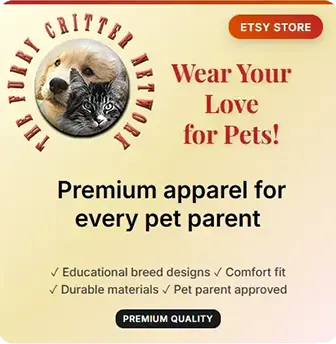The Volkodav carries numerous regional names reflecting the vast geographic area of Central Asia where this ancient breed developed over millennia. The name Volkodav itself derives from Russian, translating to Wolf Crusher, a testament to the breed's historical role defending flocks from large predators including wolves that threatened livestock across the steppes and mountain regions. This dramatic moniker captures the breed's fearless nature and formidable capabilities when confronting threats to their charges.
In Turkmenistan, the breed is known as Alabay or Alabai, where it holds status as a national symbol and source of cultural pride. The Turkmen government recognized the breed's importance by unveiling a gold statue honoring the Alabay in 2020, cementing its place in national heritage. In 1990, the State Agroindustrial Committee of Turkmenistan officially approved the breed standard for the Turkmen Wolf-Hound, establishing formal recognition for dogs that had existed in the region for thousands of years. The breed is also referred to as Central Asian Ovcharka or Central Asian Ovtcharka, using the Russian term for shepherd dog.
Other traditional names include various regional appellations such as Middle Asian Ovtcharka and Sredneaziatskaia Ovtcharka, reflecting the breed's distribution across multiple countries and ethnic groups. In Kazakhstan, the breed is called Töbet, while other regions have their own specific terminology. This multiplicity of names reflects both the breed's ancient origins predating modern national boundaries and the independent development of regional varieties adapted to local conditions and needs. The geographic distribution of the Volkodav's ancestors stretched from the Ural Mountains to the Caspian Sea, from Asia Minor to the northwestern border of China, encompassing modern-day Turkmenistan, Kazakhstan, Uzbekistan, Tajikistan, Kyrgyzstan, Afghanistan, and surrounding territories.
The breed's recognition journey by international kennel organizations occurred relatively recently compared to the Volkodav's ancient history. The Fédération Cynologique Internationale classifies the breed as a Molossoid type, acknowledging its relationship to other large guardian breeds sharing common ancestry and physical characteristics. Various kennel clubs categorize the Volkodav differently based on their organizational philosophy and the breed's multiple capabilities. The Russian Kennel Club, recognized by the FCI, classifies Central Asian Shepherds as a working dog breed and requires mandatory temperament tests and training titles in addition to conformation ratings for breeding stock. The United Kennel Club groups them with other flock guardians, recognizing their natural sheep-guarding abilities proven by breeders and farmers. This classification diversity reflects the breed's versatility and the multiple valid perspectives on categorizing dogs that combine guarding, protection, and working capabilities.

